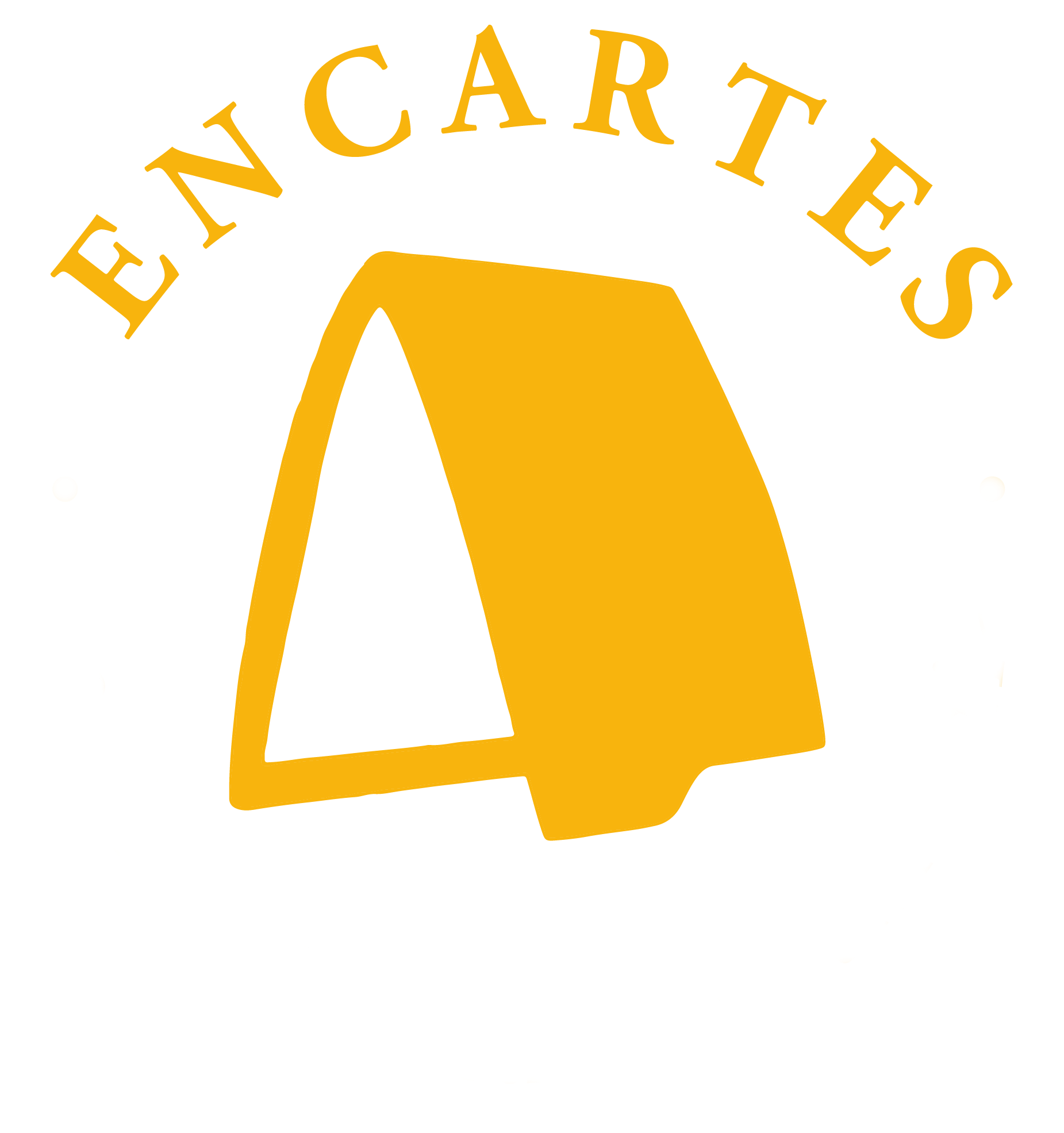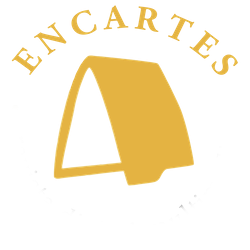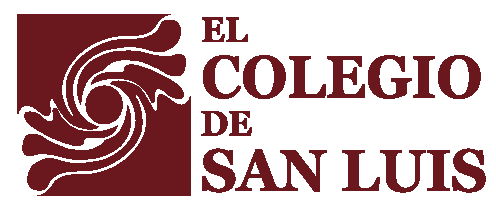Editorial vol. 8, no. 15
With this number, Encartes is seven years old and has been accumulating achievements. This 2025, the journal was evaluated and indexed by Scielo Mexico. Over time we have sought to strike a balance between publishing quality science, while challenging production times to publish current issues. The journal Encartes has endeavored to ensure that research in the humanities contributes ideas, debates and accurate information on issues and problems that shape the present. We are very pleased because we believe that this issue fully achieves this.
The dossier that makes up the section of Temáticas is dedicated to a very topical issue: migration to the United States, which, on the one hand, is threatened by the policies of Donald Trump, the new president of that country, who intends to tighten immigration policy; and, on the other hand, by organized crime, since the routes leading from south to north are the territory of unimaginable violence and extortion that migrants must face. The study of this topic makes it an acute and difficult subject. It is, as Pierre Bourdieu defined Sociology: a combat sport. The dossier deals with migratory experiences that take place along a route from Darien (Panama and Colombia) to Tapachula (Chiapas). When I told a colleague about the subject we would be discussing, he said to me with some incredulity: "But how did you do research in the Darien if it is an impenetrable zone? That is the greatest merit of this dossier, since it tests a novel methodology that we could call "ethnography en route", which includes starting points and bottlenecks, as well as places of destination (where they may never arrive).
Taken together, the articles show that, as migration processes become increasingly unstable and risky, the journeys become longer and more difficult to navigate; but at the same time this reality creates new borders of passage, new points of return and new sites of forced stagnation known as "migratory sojourns". Studying migration requires a multisite focus and this can only be achieved by joining collective research efforts, as presented in this issue, which would not be achieved by working alone. Moreover, this approach challenges our ways of thinking about geographies, distances, changes in identity and the resources that migrants have to deploy to overcome the multiple obstacles they face during their odyssey. The first article corresponds to the text by Jessica Nájera: "Venezuelans in Costa Rica: between transit and settlement. The Recent immigration ethno-survey as a methodological contribution to the study of migration in countries of arrival"; Nájera uses the lamp enir ethno-survey of recent immigration to provide information on the living conditions and migratory, labor and social history of people arriving in a country and to present the strategies that migrants have to implement. Alberto Hernández, Carlos S. Ibarra and Arturo Fabián J. lead us to the risk that exists on the route from the Darién Gap to Mexico, mainly due to the control that organized crime has over the route, while showing how socio-digital networks have become a resource to form digital communities of support to face the dangers. Meanwhile, Abdel Camargo and Iván Porraz are the authors of "Ethnography of the migrant route, the 'walkers' of the coastal highway of Chiapas, Mexico", highlighting the phenomenology of the "walkers", who are besieged by police and migration regulation agencies and who, at the same time, are building a novel migratory economy.
In "Devociones en tránsito: una aproximación etnográfica al circuito migratorio Soconusco Costa-Istmo" (Devotions in transit: an ethnographic approach to the Soconusco Costa-Istmo migration circuit), Mónica Marín focuses on the southern border region of Mexico and Central America through which migrants from Central and South America and even Asia and Africa pass. Her article looks at how religion has become a symbolic resource that gives hope and allows migrants to build communities of support within the very conditions of vulnerability they live in. This theme is reinforced by the contribution of Rafael Alonso Hernández, "Migratory processes and shelter networks in Mexico", which explains how shelters organized in broad networks generate a sum of sites that provide hospitality and solidarity along the migratory route. The dossier closes with the text entitled "From the Darien Plug to the Tapachula Plug. Trazo y conformación de una nueva ruta de desplazados con destino a Estados Unidos", by América Navarro and Alberto Hernández, which covers the broad territory of the routes traveled by migrants from the time they cross the Darién until they enter Mexico through Tapachula, considered by them as "a prison city", and shows the dangers to which they are exposed along the way.
In the Realidades socioculturales three articles were published: "Notes on conspiracy theorizing about the Reptilians and other beliefs in the time of Covid-19. Una mirada desde los imaginarios inverosímiles en clave castoridiana", written by Enriqueta Lerma, which addresses the new outbreak of conspiracy theories emanating during the covid-19 pandemic that, although they may seem apparently implausible, would rather be sources of explanation that the catastrophes derive from a world controlled and threatened by reptilians, illuminati and extraterrestrials; "La Fiesta de los Arcos: the renewal of the alliance between the ancient Indian peoples of Lagos de Moreno", by Héctor Medina, shows us the indigenous face of Lagos de Moreno, a city in the region of Los Altos de Jalisco, where identity sought to highlight the racial and cultural whiteness of its inhabitants, but in which indigenous peoples persist. Not far from there, Adriana Guzmán, in her article "Xumuavikari náayarite. Los tiznados de la Semana Santa cora de Nayarit", shares an ethnography of the Holy Week festivities (or Judea náayari), in which Catholic symbols are articulated with the cosmovisions of this ancient native people recognized as the Cora, claimed as Náayarite.
In the section Encartes multimediaGustavo Morello contributes a documentary on "The (religious) craft of tattooing". Although some Christian denominations view religious tattooing with suspicion or even seek to ban it, the practice has a long history and has become a popular way of embodying faith. Morello's proposal explores the intersections between art, spirituality and commerce. Also included is an ethnographic documentary by Rachel Barber: "On the different rhythms in the work of a Tseltal embroiderer" which, by portraying the daily life of a woman embroiderer from the highlands of Chiapas, highlights the value of ancestral preservation of culture that both embroidery and the other activities of her day-to-day life have. The last in this section, "Monoculture and the 'ecuaro': aspects and genealogies of agricultural modernization in San Miguel Zapotitlán, Mexico", produced by Rubén Díaz Ramírez, also shows the persistence of relations between human, non-human and superhuman beings in the way agriculture is practiced in the present in the ejido of San Miguel Zapotitlán.
The section of Entrevistas integrates a talk by Alina Peña with Argentine anthropologist Alejandro Grimson on "Intellectual challenges for the political imagination"; and an interview entitled "Learning with the struggles: the journey of 'Doc Alonso'", conducted by Inés Durand with Mexican anthropologist Jorge Alonso (the Doc) on his career as a researcher and as a tireless activist in different social struggles.
The section Discrepancias Once again, a current and controversial topic was raised: the conflict between Palestine and Israel. The moderator in charge was Arely Torres, who invited five researchers from Latin America to present their ideas on the Israel-Palestine conflict and on the reactions that have arisen in the universities of different Latin American countries: Mexico (Moisés Garduño, Marlene Hernández Morán); Brazil (Brenda Carranza); Chile (Nicolás Panotto) and Argentina (Damián Setton).
The section Reseñas críticas invites us to read three interesting editorial novelties: Rosana Guber addresses the book coordinated by Gustavo Lins Ribeiro, Carmen Bueno Castellanos, Hilary Callan, Virginia García Acosta and Laura R. Valladares (eds.). Overview of world anthropologies; Christian Omar Grimaldo reviews the book City Copyright by Conrado Romo, and Antonio Rivera introduces the reading of Diego Lizarazo's book, Photography and the other. Body and aesthetics of return.
With the same desire to form an opinion based on current issues, the editorial staff of Encartes launched a call for IV Photography Contest on "Global demonstrations around the Israel-Palestine conflict in anti-war aesthetic images in different parts of the world". The call received images that capture objects, subjects, places, landscapes, symbols, aesthetics that accompany the mobilizations and demonstrations around the Israel-Palestine war conflict and that take place in different universities, in public spaces, in front of embassies, in national festivities, in political and religious ceremonies and even in parades and other celebrations. This initiative aims to show the aesthetic creativity in anti-war and anti-colonialist activism.
I hope that you will find the contents of this issue of Encartes and enjoy reading it.
Renée de la Torre Editorial Director of Encartes Guadalajara, Jal., March 2025






